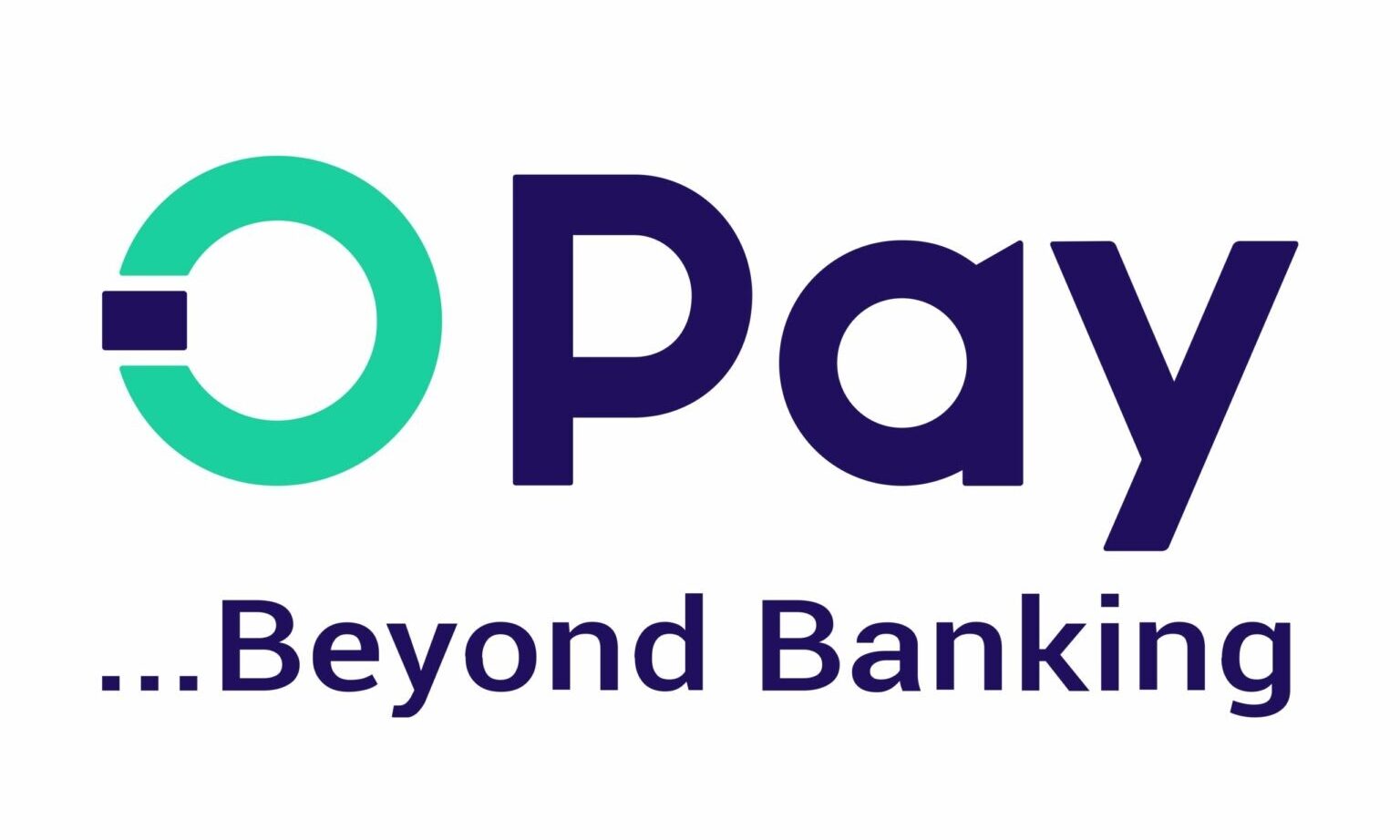Kayode Tokede
The average prime lending rate in Nigeria’s banking sector increased to 18.88 per cent in August 2025 from 18.54 per cent in July 2025 as banks adjust to the recent reduction of Monetary Policy Rate (MPR) to 27 per cent by Monetary Policy Committee (MPC) of the Central Bank of Nigeria (CBN).
The 18.88 per cent average lending rate in August 2025 is the highest so far this year attributable to easing in inflation, improving macro-economic indicators, and the CBN moves to stimulate lending and economic activity (especially in agriculture, manufacturing, and small/medium enterprises).
Prime lending rate is the interest rate commercial banks operating in Nigeria charge their most creditworthy and financially stable customers, usually large corporations or top-rated borrowers. Prime lending rate is determined by banks’ cost of funds & risk assessment and inflation & liquidity conditions in the economy.
MPR remained stable at 27.5 per cent from January to July 2025, it declined slightly to 27 per cent in August 2025. The average prime lending rate has fluctuated between 17.96 per cent and 18.88 per cent, showing small month-to-month movements even though MPR was mostly constant so far in 2025.
The CBN in its “Money Market Indicators” CBN disclosed that the prime lending rate in Nigeria averaged 14.13 per cent from 1961 until 2025, reaching an all-time high of 37.80 per cent in September of 1993 and a record low of six per cent in April of 1975.
An investigation by THISDAY revealed that for many banks, the average prime lending rate was listed around 25-32 per cent as of August 2025.
For instance, Access Bank’s average prime lending rate to “Government” stood at 25.50 per cent, while that of Ecobank was at 26.75 per cent.
Other banks average prime lending rate to “Government” as of August 2025 include: FCMB, 20 per cent; Fidelity Bank, 30 per cent; First Bank of Nigeria, 26 per cent, Globus Bank, 26 per cent; GTBank, 19 per cent; Keystone Bank, 30.50 per cent; Optimum Bank, 30 per cent; Parallex Bank, 30 per cent; Polaris Bank, nine per cent; Premium Trust Bank, 28 per cent; Providus Bank, 27.30 per cent; Stanbic IBTC, 23 per cent; Standard Chartered, 25 per cent, Sterling Bank, 29 per cent; UBA, 28.50 per cent; Wema Bank, 332.50 per cent ; Unity Bank, 32 per cent and Zenith Bank, 27.1 per cent.
On the flip side, the average maximum lending rate dropped to 29.13 per cent in August 2025 from 29.31 per cent in July 2025, making it the lowest figure so far in 2025.
According to the CBN, the average maximum lending rate is around 30 per cent–31per cent as of September 2025.
The Maximum Lending Rate (MLR) is the highest interest rate that commercial banks charge borrowers — usually those considered high-risk or less creditworthy.
Also, the money market indicators showed that the Interbank call rate dropped to 27.55 per cent in August 2025 from 30.73 per cent declared by CBN in July 2025.
The Interbank Call Rate (sometimes called the overnight interbank rate) is the interest rate that banks charge each other for short-term loans, usually for one day.
In March 2025, the average maximum lending rate was 30.19 per cent from 30.5 per cent in February 2025, when the MPR was 27.50 per cent.
According to CBN data, the average maximum lending rate for many banks operating in Nigeria was significantly higher — some in the 30-46 per cent range (or even higher in rare cases).
In December 2024, the maximum lending rate was 29.71 per cent, when the MPC voted to retain the MPR at 27.50 per cent
CBN data revealed that the average maximum lending rate rose to 29.79 per cent in January 2025 from 29.71 per cent in December 2024 when MPC members of CBN voted to retain MPR to 27.50 per cent.
The increase in average prime lending rate has sparked concerns regarding the potential impact on the cost of credit for businesses already facing economic hardships due to foreign exchange unification and fuel subsidy removal by the federal government.
The steady slowdown in MPR has not reflected in the average prime lending rate as the CBN intensified its effort to tackle inflation rate and stabilize the local currency at the foreign exchange market.
However, analysts have predicted a further increase in the average prime lending rate despite a stable foreign exchange market and ease in inflation figures.
Investment Banker & Stockbroker, Mr. Tajudeen Olayinka said that banks review their lending rates on a regular basis, subject to their respective cost of funds and the direction of MPR, not necessarily using MPR as a distinct value.
According to him, the interest rate signals to them the direction of interest rate in the market and the price they will pay if they have to borrow from or lend to CBN.
He said, “Therefore, their deposit mix, which includes idle customers’ deposits, determines what their weighted average cost of funds would be. They then factor in the signal from interest rate, to enable them arrive at their various prime lending rates which are usually reserved for their prime customers”
Analysts at Cordros Research in a report titled, ‘Nigeria in 2025. Reform to Recovery: Navigating the Rebound’ said, “As we have stated in our domestic macros report, we think the MPC is set to pause its rate-hiking cycle as inflation begins to moderate in 2025, owing to the high statistical base effect and reduced naira volatility.
“Furthermore, the anticipated reduction in interest rates in the advanced economies will reduce the pressure on the MPC to raise interest rates further. However, the still elevated inflation risks will likely induce the MPC to hold the policy rate steady for a longer period to consolidate gains of previous rate hikes while achieving a lower negative real rate of return.”
On his part, the Vice President of Highcap Securities, Mr. David Adnori stated that commercial banks review their lending rates regularly, subject to their respective cost of funds and the direction of interest rate, not necessarily using interest rate as a distinct value.
He said that the interest rate gives them the direction of interest rates in the market and the price they will pay if they have to borrow from or lend to CBN.
Cordros Research added, “The MPC’s policy adjustment reflects optimism over recent improvements in key macroeconomic indicators, which are expected to remain favourable in the near term.
“Notably, the Committee adjusted the asymmetric corridor around the MPR to +250/-250bps (from +500/-100bps) and reduced the CRR for Deposit Money Banks to 45 per cent (from 50.0%), measures aimed at easing financial conditions and supporting private sector credit. Conversely, the CBN introduced a 75.0per cent CRR on non-TSA public sector deposits to sterilise excess liquidity from higher FAAC distributions driven by increased government revenue.
“While monetary conditions are gradually being loosened for the private sector, the MPC remains cautious about surplus public sector inflows, which could undermine naira stability and disrupt the disinflation process. Overall, we believe the move strengthens monetary policy transmission, mitigates risks of currency speculation, and reinforces the disinflationary trend.
“Looking ahead, we expect further monetary policy easing, supported by projections of sharper declines in inflation in the coming months. Precisely, headline inflation is likely to trend towards 18.0% by October, which may warrant a more decisive policy adjustment at the next MPC meeting. As such, we anticipate a 100bps reduction in the MPR at the November meeting scheduled for the 24th and 25th.”



